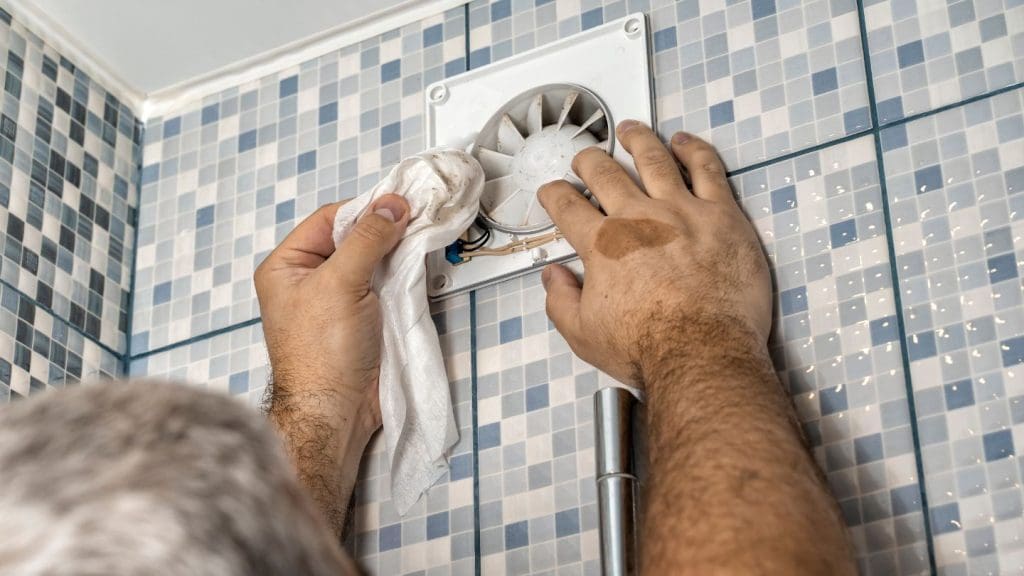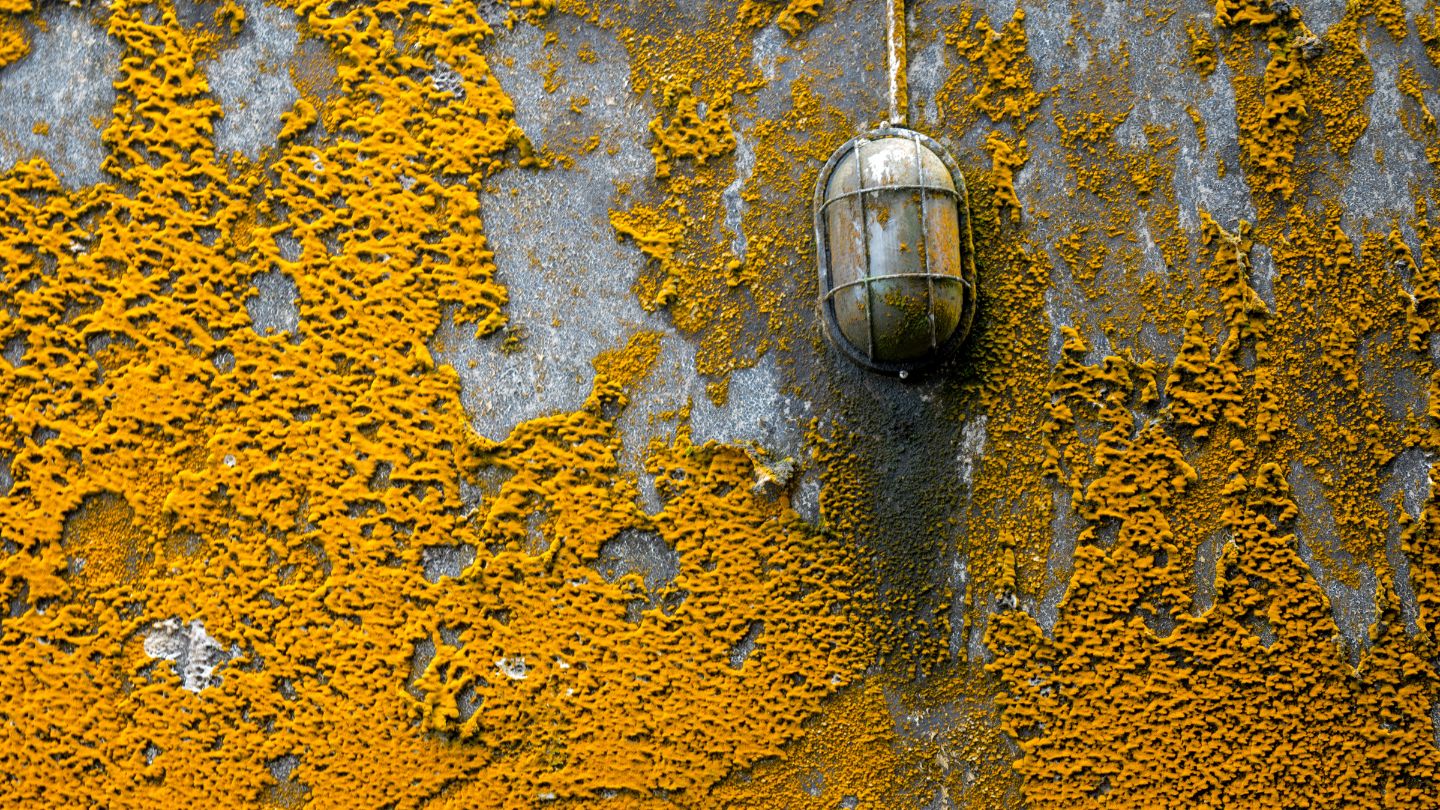Orange mold is an unusual but increasingly common issue in homes, one that many overlook until it becomes a serious health or structural concern. This colorful contaminant can creep across walls, showers, food, or wood surfaces, often mistaken for rust or harmless grime. But what is orange mold, really, and how dangerous is it?
What Does Orange Mold Look Like?
Often appearing as slimy, bright orange patches or fuzzy clusters with pinkish or rusty undertones, orange mold thrives in damp, humid environments. It’s commonly found in bathrooms, kitchens, basements, or even on spoiled food. The vivid color can make it deceptively decorative, but don’t be fooled, it’s still a mold with the potential to spread and disrupt your environment.
Mold in the toilet bowl issues often stem from standing water, mineral buildup, and poor ventilation. Without deep cleaning and consistent airflow, spores can quickly return even after scrubbing. These same conditions explain why orange mold often takes hold around bathroom fixtures and inside tanks.
What Causes Orange Mold in a Home?
Moisture is the key culprit behind orange mold development. Leaky pipes, poor ventilation, or soaked wooden materials offer a perfect breeding ground. While all molds need moisture to grow, orange mold species often colonize cellulose-rich surfaces like wood framing, insulation, and drywall. It’s especially persistent in spots with repeated water exposure, like under kitchen sinks or around shower fixtures.
Is Orange Mold Dangerous to Your Health?
This is one of the most searched questions, and with good reason. Is orange mold dangerous? In short, yes. Though not typically as toxic as black mold, orange mold can still cause significant problems, especially with prolonged exposure. Orange mold health risks include respiratory irritation, sneezing, eye or skin irritation, and worsening of asthma symptoms.
Continuous mold exposure can cause digestive problems, including bloating, stomach pain, and gut inflammation. Mycotoxins disturb the digestive system even when mold isn’t ingested directly.
Children, seniors, and immunocompromised individuals are particularly vulnerable. Even if symptoms don’t show up immediately, the airborne spores can cause cumulative damage over time. The danger also increases if orange mold in the shower, in dangerous environments, goes uncleaned, allowing it to circulate mold particles through household air systems.
How to Identify Orange Mold Accurately
Distinguishing orange mold from soap scum, mildew, or iron stains requires a closer look. It may appear powdery, slimy, or gelatinous, often forming irregular blotches. While visual inspection is a start, accurate identification may require a mold testing kit or professional inspection. This is especially important when you’re unsure if it’s a harmless buildup or something hazardous.
Preparing key professional mold inspection questions ensures hidden leaks and moisture sources are addressed, allowing experts to create a thorough remediation plan. A trusted remediation service can inspect and test affected areas, offering clarity on what orange mold is and what steps to take next.
What to Do If You Discover Orange Mold
Avoid wiping or disturbing the mold with dry cloths or brushes; it can release spores and worsen the issue. If the affected area is larger than 10 square feet, the EPA recommends professional remediation. Mold growth behind walls, under flooring, or inside HVAC systems typically requires a trained team to contain and eradicate the contamination safely.
How Professionals Safely Remove Orange Mold
Certified mold remediation experts follow a multi-step process: initial containment to prevent spread, HEPA vacuuming and filtration, physical mold removal, and dehumidification to prevent recurrence. This is particularly important in homes with recurring leaks or ventilation issues, where orange mold often regrows even after surface-level cleaning.
Professional treatment eliminates spores not just from visible surfaces but also from hidden crevices, insulation, or subflooring, something DIY methods rarely achieve.
Preventing Orange Mold from Returning

Prevention hinges on moisture control. Use exhaust fans in bathrooms and kitchens, repair all water leaks immediately, and consider installing a dehumidifier in mold-prone zones. Periodic home inspections, especially in crawl spaces and basements, can catch early growth before it spreads.
The mold and health FAQs highlight how ongoing mold exposure may lead to allergies, asthma flare-ups, and skin irritation, with higher risks for children, seniors, and those with weak immunity. Routine cleaning isn’t always enough; keeping humidity levels under 50% and addressing water damage promptly will give you the upper hand in preventing mold.
Final Thoughts
If you’re still wondering if orange mold is dangerous to humans, the answer is a definitive yes, especially when ignored or underestimated. What seems like a surface stain could be a red flag of deeper structural or air quality issues.
For accurate diagnosis and complete remediation of orange mold, turn to Mold-B-Gone, the trusted expert for mold removal services in Atlanta. Our certified team in Georgia provides thorough mold inspections, safe removal solutions, and expert guidance to protect your property and health. Visit us to schedule your consultation today.
Frequently Asked Questions:
What is orange mold, and where does it usually grow?
Orange mold is a type of mold that often appears as slimy or fuzzy orange patches. It thrives in damp areas like bathrooms, kitchens, basements, and even on spoiled food.
Is orange mold dangerous to health?
Yes. While not as toxic as black mold, orange mold can still cause respiratory irritation, allergic reactions, and worsen asthma, especially for children, seniors, and those with weak immune systems.
How can I tell if it’s orange mold or just stains?
Orange mold may look slimy, powdery, or gelatinous with pinkish or rusty undertones. Unlike simple stains or soap scum, it can spread and requires professional testing or inspection for confirmation.
Can I clean orange mold myself?
For small areas, you may try cleaning carefully, but disturbing them can release spores. If the growth covers more than 10 square feet or spreads behind walls and floors, professional remediation is recommended.
How can I prevent orange mold from coming back?
Prevention relies on controlling moisture. Fix leaks promptly, improve ventilation, use dehumidifiers in damp spaces, and keep humidity levels below 50% to reduce the risk of mold regrowth.

